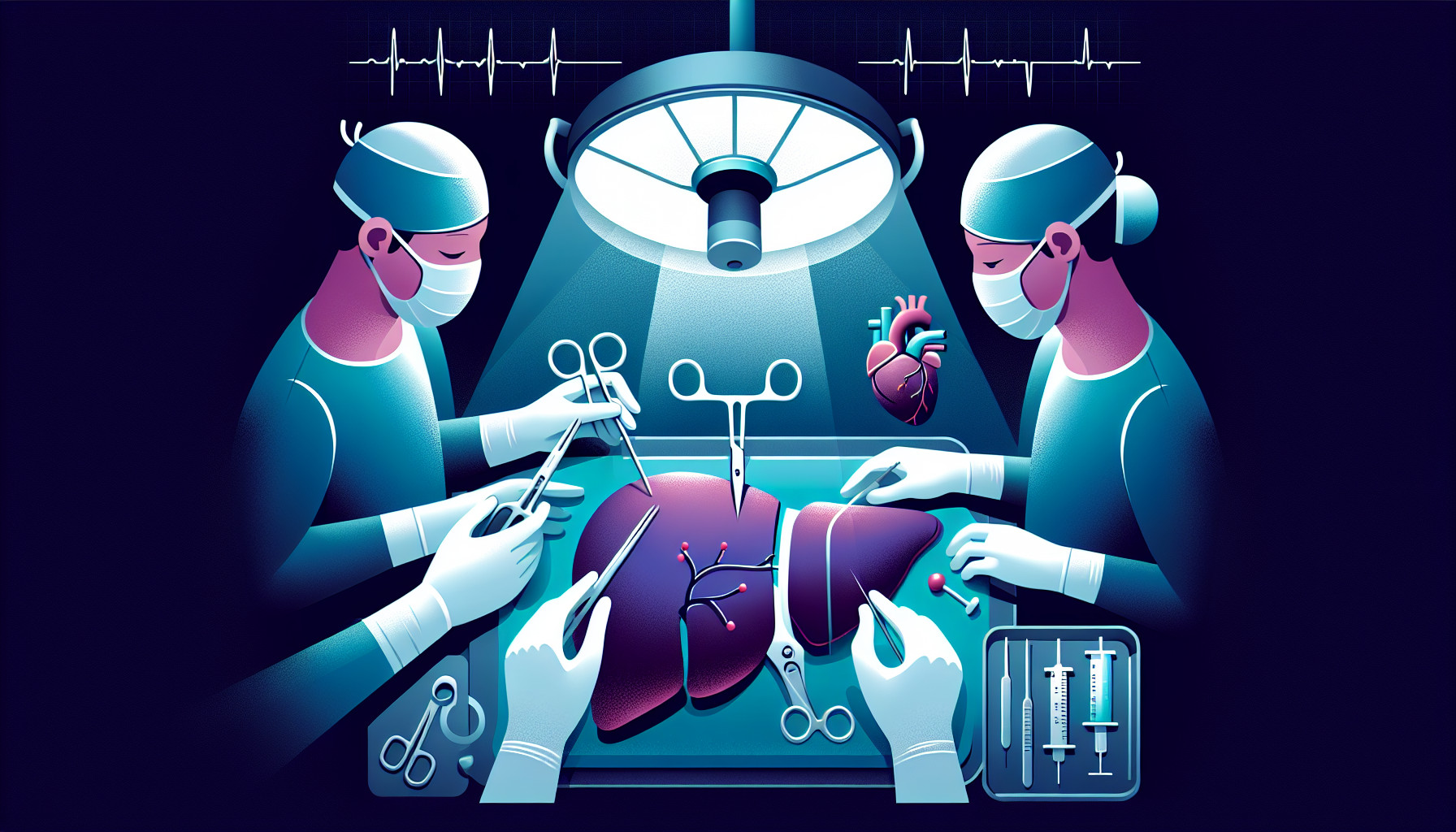Our Summary
The article discusses the problem of Cytomegalovirus (CMV), a common infection that can become life-threatening for people who have undergone solid-organ transplants, particularly liver transplants. The primary method of dealing with this infection currently involves identifying people who are highly likely to get it and treating them quickly with antiviral drugs, either as a preventative measure or at the onset of the disease. However, CMV still has a major impact, often leading to severe illness or death. Therefore, researchers are looking into other ways to improve results, such as additional treatment options, vaccines, or different management approaches. Until these are found, the best approach is to carefully monitor patients after their transplant for any signs of a CMV infection to prevent organ loss or death.
FAQs
- What is Cytomegalovirus (CMV) and why is it dangerous for people who have undergone liver transplants?
- What are the current methods for dealing with a CMV infection after a liver transplant?
- What future treatments or management approaches are researchers exploring to combat CMV infections in liver transplant patients?
Doctor’s Tip
A doctor might tell a patient undergoing a liver transplant to closely monitor for any signs of infection, such as fever, fatigue, or yellowing of the skin and eyes, and to promptly report any concerning symptoms to their healthcare provider. It is important to follow all post-transplant care instructions, take all prescribed medications as directed, and attend all follow-up appointments to ensure the best possible outcome after a liver transplant.
Suitable For
Patients who are typically recommended for liver transplant include those with end-stage liver disease, liver cancer, acute liver failure, and certain genetic disorders affecting the liver. These patients have exhausted all other treatment options and are at high risk of death without a transplant. Additionally, patients with certain chronic liver diseases, such as cirrhosis or hepatitis, may also be considered for a liver transplant if their condition is progressing rapidly and not responding to other treatments.
Timeline
Before liver transplant:
- Patient is diagnosed with end-stage liver disease.
- Patient undergoes evaluation for transplant candidacy, including medical, psychological, and financial assessments.
- Patient is placed on the transplant waiting list.
- Patient waits for a suitable donor liver to become available.
- Patient undergoes liver transplant surgery.
After liver transplant:
- Patient is closely monitored in the hospital for complications and to ensure the new liver is functioning properly.
- Patient is discharged from the hospital and continues to be monitored on an outpatient basis.
- Patient takes immunosuppressant medications to prevent rejection of the new liver.
- Patient undergoes regular follow-up appointments and tests to monitor liver function and overall health.
- Patient may experience complications such as infections, rejection episodes, or side effects from medications.
- Patient may need additional treatments or interventions to manage complications.
- Patient gradually resumes normal activities and quality of life improves post-transplant.
What to Ask Your Doctor
- What is my risk of developing a CMV infection after a liver transplant?
- What symptoms should I be aware of that may indicate a CMV infection?
- How often will I need to be monitored for CMV after my transplant?
- What are the treatment options available for CMV infection?
- Are there any preventive measures I can take to reduce my risk of developing CMV?
- Are there any vaccines or new treatments on the horizon for CMV infections in transplant patients?
- What should I do if I suspect I have a CMV infection?
- How can I best protect myself from other infections post-transplant to prevent complications like CMV?
Reference
Authors: Herman D, Han H. Journal: Curr Opin Organ Transplant. 2017 Aug;22(4):345-350. doi: 10.1097/MOT.0000000000000433. PMID: 28582321
